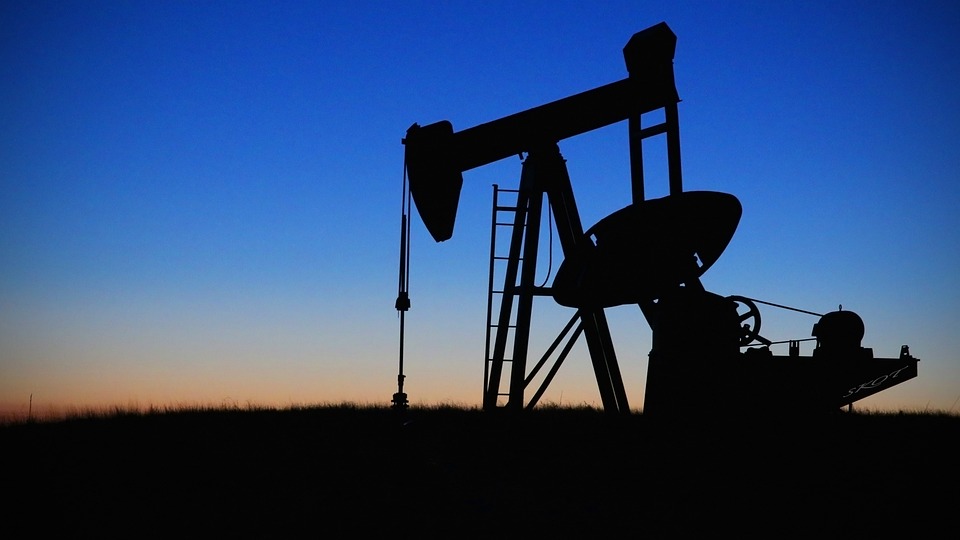The Energy Report: Chilling

Image Source: Pixabay
The oil market is getting a cold slap in the face as the market prepares for what potentially could be one of the coldest of cold snaps in decades. Heating fuel demand is expected to surge, testing the wherewithal of our supplies.
Fox Weather is reporting that “Blizzard Warnings have been issued for portions of southeastern Montana, eastern Wyoming, northeastern Colorado, western South Dakota, and western Nebraska. Winter Storm Warnings, Winter Storm Watches, and Winter Weather Advisories cover many other areas of the northern Plains and also extend into parts of the Upper Midwest. According to the FOX Forecast Center, the areas included in Blizzard Warnings could deal with blizzard or near-blizzard conditions into Tuesday morning. “That’s where we’ll have wind gusts in excess of 45, even 70 mph, and you combine that with snow, and we’ll have blinding whiteout conditions,” Merwin said. A snowstorm must reach the following criteria to become an official blizzard: sustained winds or frequent gusts to at least 35 mph and considerable falling and/or blowing snow that frequently reduces visibility to one-quarter mile or less, both of which must persist for a period of three hours or longer.
This comes against a backdrop of TC Energy’s Keystone pipeline leak that has shut down that major pipeline and will drain heavy crude supply that is already in short supply. The pipeline moves 600,000 barrels a day of heavy crude from Canada to US refiners. It’s going to be a bigger and bigger issue if it’s shut down for an extended period.
US crude supplies are already well below average especially if you include the depleted Strategic Petroleum Reserve. Yesterday the SPR reported that US SPR crude inventories fell by 4.7mb last week to 382.3 million barrels. Refiners will need more barrels to replace those lost from the Keystone Pipeline.
At this time TC energy has not found the cause of the pipeline leak nor has it provided the timetable for a restart. It is going to become a major factor for refiners that are already refining at near full capacity.
Earlier optimism that the pipeline was going to be brought back on rather quickly is diminishing right now. The longer it’s down the bigger risk we have to the upside for both oil and products.
There are also signs that China is reopening its economy even though there are reports that China is canceling an economic meeting due to an increase in reported covid cases. Bloomberg News reported yesterday that a Covid wave was rippling through the nation’s financial industry, with currency volumes falling as traders call in sick and banks activating backup plans to keep operations running smoothly.
China now needs to risk a reopening mainly because the population of China has had enough COVID lockdowns, so China must risk the reopening. That reopening is going to put a further drain on tight global supply and we are already seeing the impact. Bloomberg reported that “Domestic flight activity jumped to around 65% of pre-pandemic levels Monday, from just 22% on Nov. 29, according to Chinese aviation data company VariFlight — the equivalent of several thousand flights per day returning to the sky. Ticket sales for the crucial Lunar New Year period in late January have also surged, China Aviation Daily reported Monday, citing online travel portal Qunar.com data.”
Russia is reiterating its opposition to the EU oil price cap. Russian President Vladimir Putin said that the price cap was stupid, and I have to say that I agree with him. Russia once again is warning that it will not sell oil to anyone or any country that imposes a price cap. in the meantime, there are reports that the black market for Russian oil is a very hot business.
What we need of course is more U.S. oil and gas production. The EIA in their Drilling Productivity Report showed that US Bakken oil production for January of 21,000 barrels a day to 1.221 million barrels a day, up 18,000 barrels a day from December. The US Eagle Ford shale patch oil production for January is up 10,000 barrels a day at 1.241 million barrels that were versus a 13,000 barrel rise in December. US Permian basin oil production for January was up 37,000 barrels per day at 5.579 million barrels a day versus a 40,000-barrel day rise in December.
The Energy Information Administration says that “total Shale oil production for January was up 95,000 barrels a day to 9.318 million barrels a day. Pretty darn impressive. But still not enough.
In recent weeks oil prices have given in to demand destruction fears. Now the market may have to face the reality of tight supply.
The focus will be on today’s report on inflation. A sharp rise in inflation may temper some of the market enthusiasm but make no mistake about it, supplies are short and winter is here. There is little room for error and now there will be real questions about whether Biden’s SPR releases discouraged a supply response because of his meddling in the market and mixed signals on regulations and its discouraging of oil and gas investment.
How cold is it going to get? Some forecasters think the run-up to the Christmas holiday week may be the coldest we’ve seen since the 1960s. If those forecasts come to fruition, we should see that spike in natural gas resume. The key for natural gas will be how long the cold is expected to settle in. If we warm up after the cold blast, natural gas should ease. If the cold lingers! Watch out! Natural gas probably has bottomed but with the big spike up on Sunday night you have to be careful about a pullback. Natural gas does look like it has really turned the corner.
More By This Author:
The Energy Report: Locked Down But LoadedThe Energy Report: Cracking Up
The Energy Report: Turbulence



